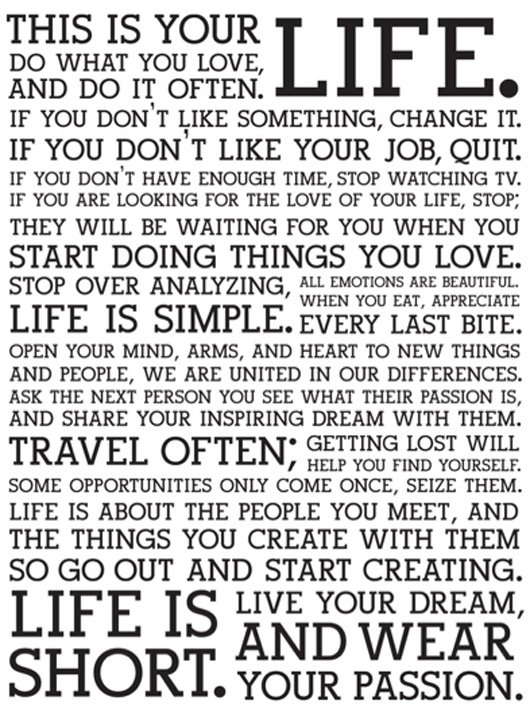Recently, I have been learning a great deal about time. The best time, and many would argue, the only time is in the now. This book excerpt is a fun reminder to live in the now. Play in the now. Stop rushing around this season. Be IN the NOW.
It comes as no surprise that the God of the universe’s earliest name for us to call Him was/is: I AM. The great eternal now.
In today’s encore excerpt – for those who are already expert at their craft there are perils to rushing or overrehearsing. Here Paul Shaffer frantically tries to reach Sammy Davis Jr. to select a song and schedule rehearsal before his appearance on the David Letterman show:
“Every time I called [Sammy Davis Jr. to try and select a song or discuss rehearsal] he was either working or sleeping. He never did return my calls.
The morning of the show I was feeling some panic. Sammy was flying in and we still didn’t know what he wanted to sing. At 10 a.m. the floor manager said I had a backstage call. It was Sammy calling from the plane.
‘ ‘Once in My Life’ will be fine Paul’ he said. ‘Key of E going into F.’
‘Great!’ I was relieved.
I was also eager to work out an arrangement. We whipped up a chart, nursed it, rehearsed it, and put it on tape. That way when Sammy arrived he could hear it.
Then another backstage call. Sammy’s plane had landed early and he was on his way over. When I greeted him at the backstage door with a big ‘We’re thrilled you’re here,’ I was a little taken aback. He looked extremely tired and frail. He walked with a cane.
‘We have an arrangement, Sam. You can rehearse it with the band.’
‘No need baby. Gotta conserve my energy. I’m just gonna go to my room and shower.’
‘I wanna make it easy for you. So I’ll just play you a tape of the arrangement on the boom box. That way you’ll hear what we’ve done and tell me if it’s okay.’
‘Man I know the song.’
‘I know Sam,’ I said ‘but what if you don’t like the chart?’
‘I’ll like it, I’ll like it.’
‘But what if the key’s not right?’
‘Okay, if you insist.’
I slipped the cassette in the boom box and hit ‘play.’ To my ears the chart sounded great. Sammy closed his eyes and in Sammy style nodded his head up and down to the groove. He smiled.
‘It’s swinging man,’ he said ‘but think of how much more fun we could have had if I hadn’t heard this tape.’
His words still resonate in my ears; the notion still haunts me. Sammy sung that night but as he was performing, I couldn’t help thinking that his carefree feeling about time – as opposed to my lifelong notion of the pressure of the time – was coming from a higher spiritual plane. As a musician, I’ve always thought I rushed. I still think I rush. The great players never rush.
It reminds me of that moment when I watched Ray Charles turn to his guitarist just as the young guy was about to solo and say, ‘Take your time son. Take your time.’ ”
Author: Paul Shaffer
Title: We’ll Be Here for the Rest of Our Lives
Publisher: Flying Dolphin Press
Date: Copyright 2009 by Paul Shaffer Enterprises Inc.
Pages: 234-235
